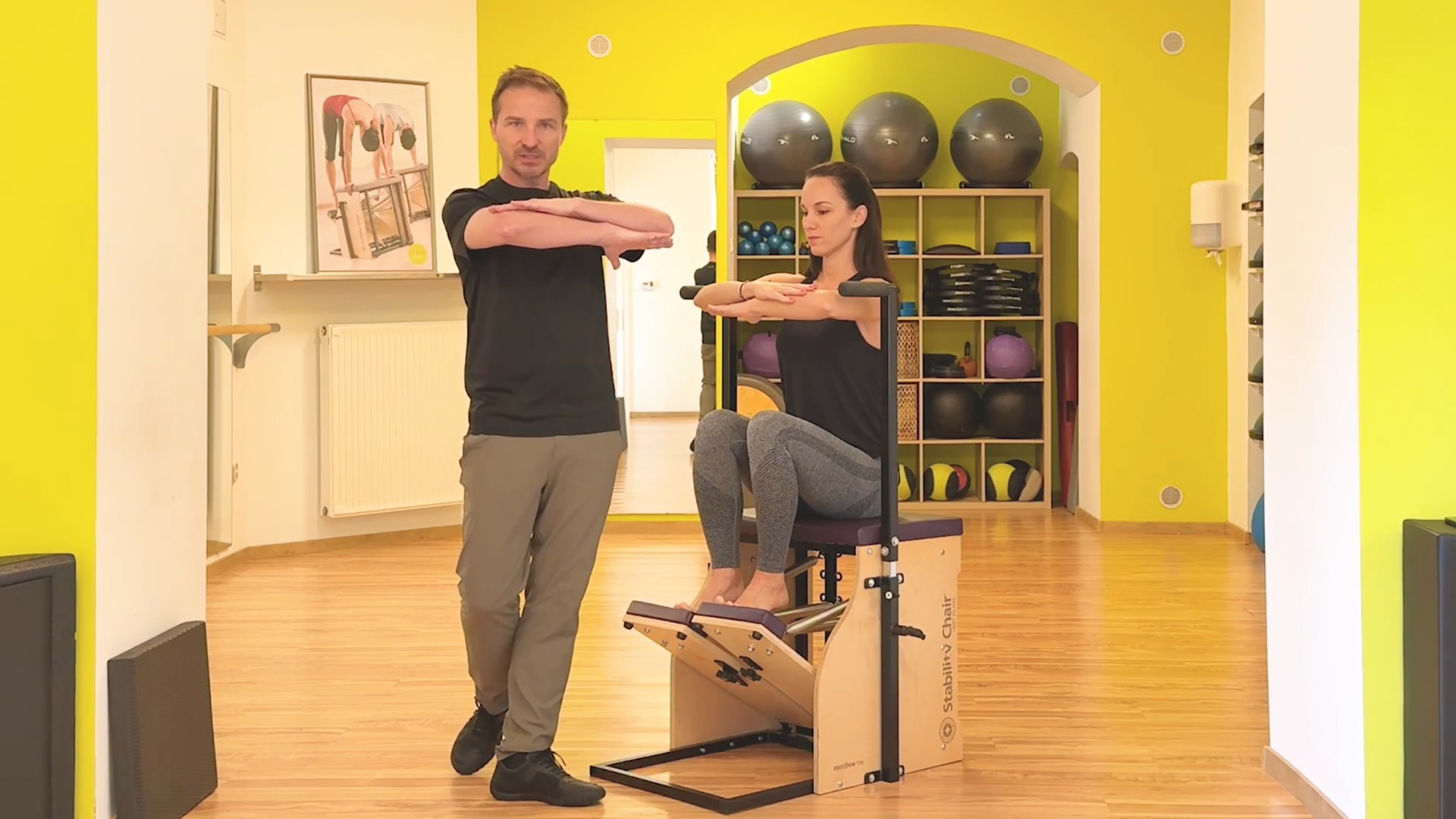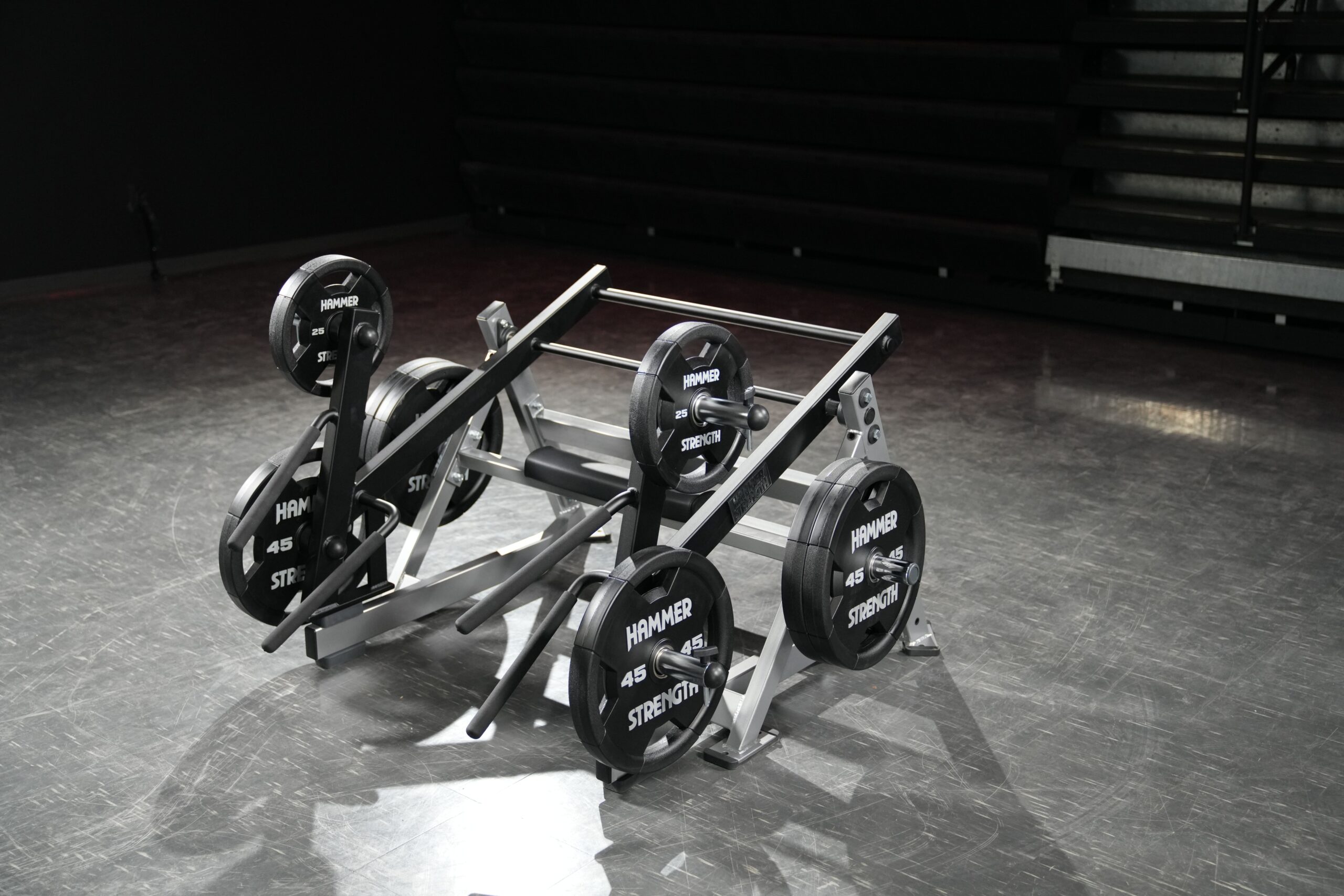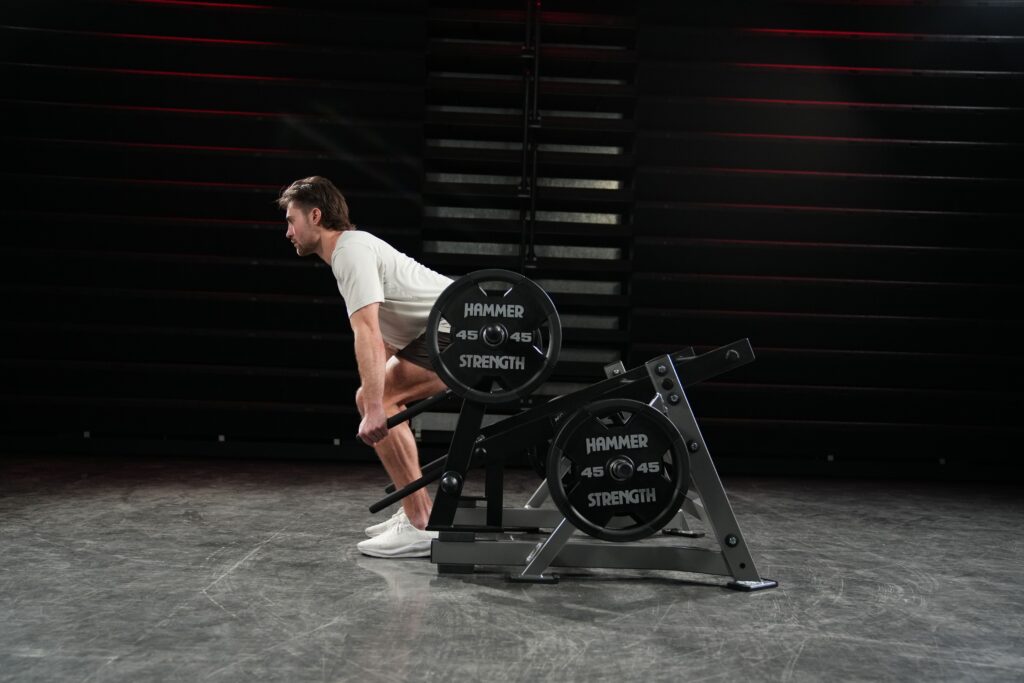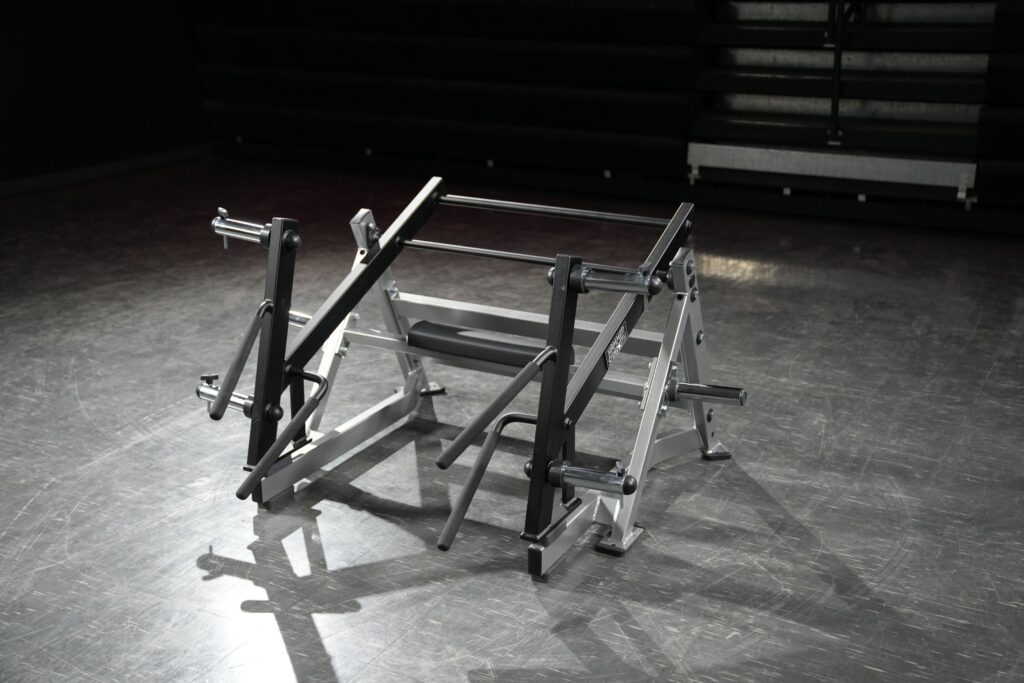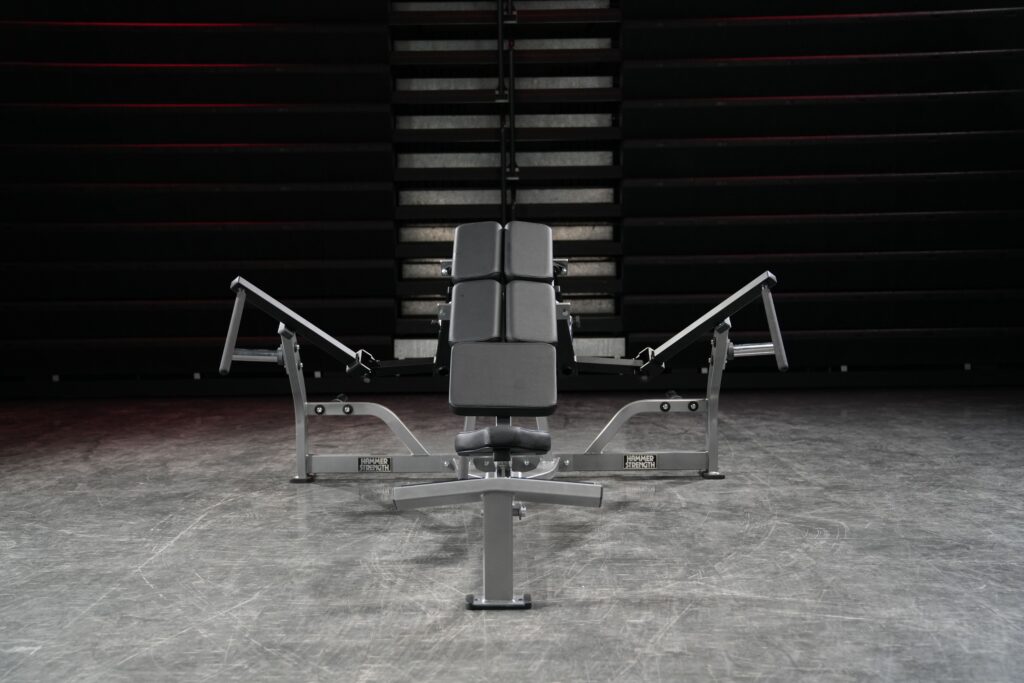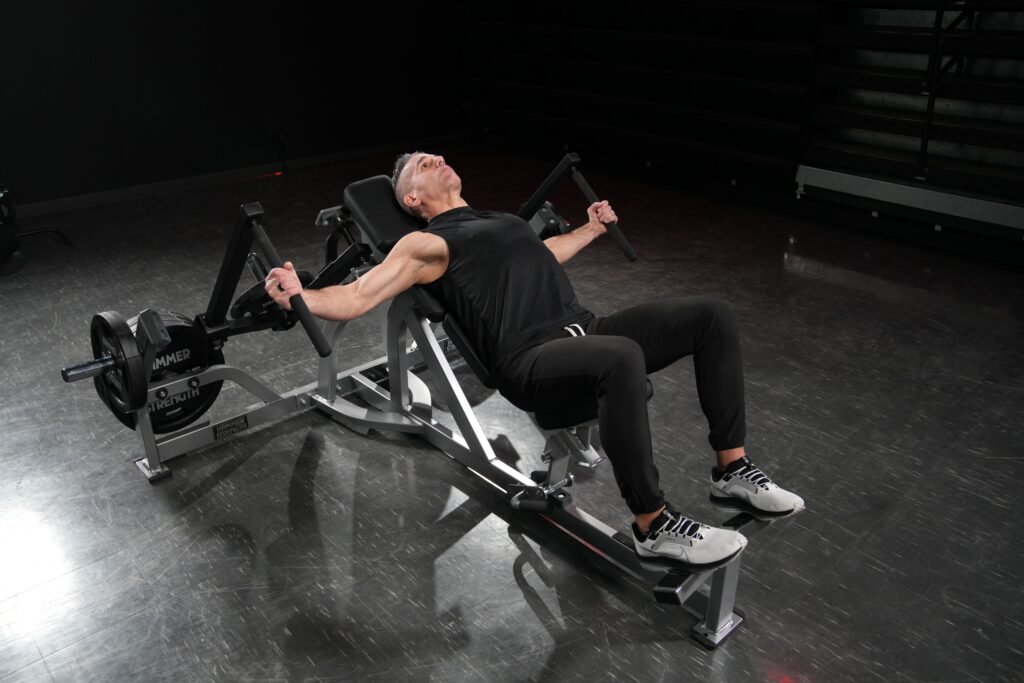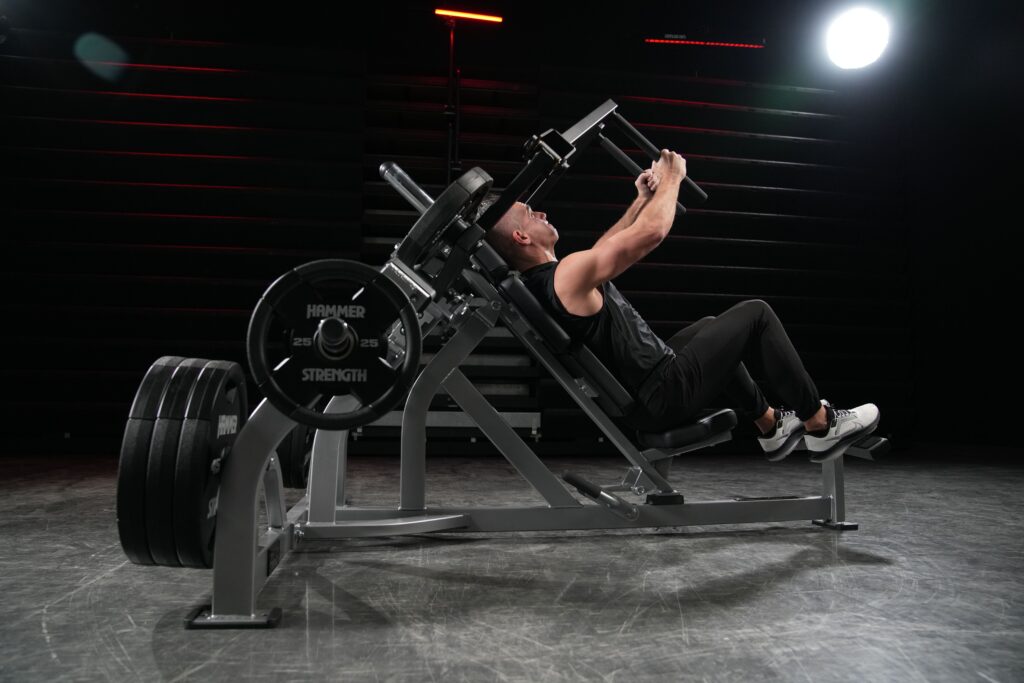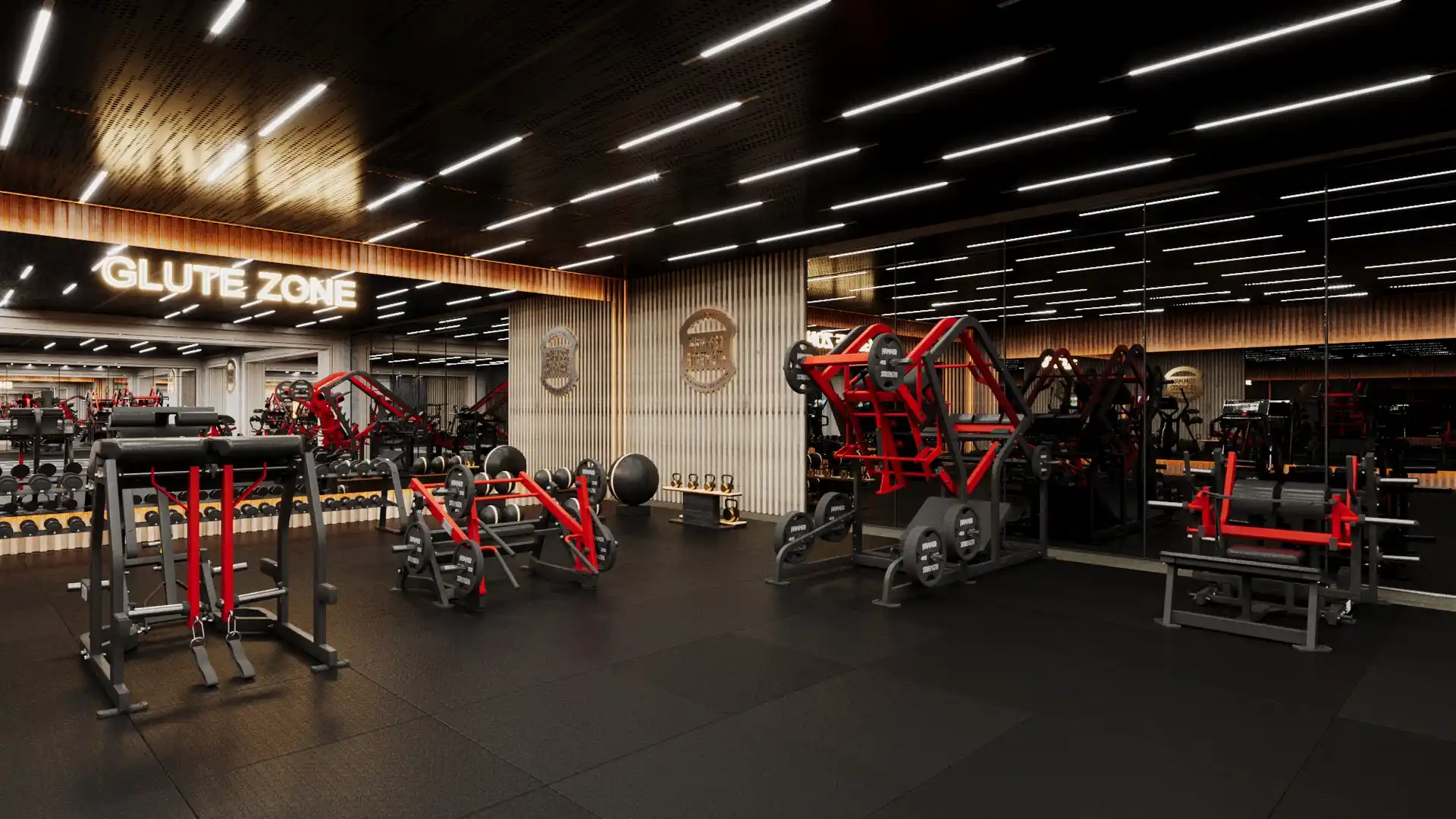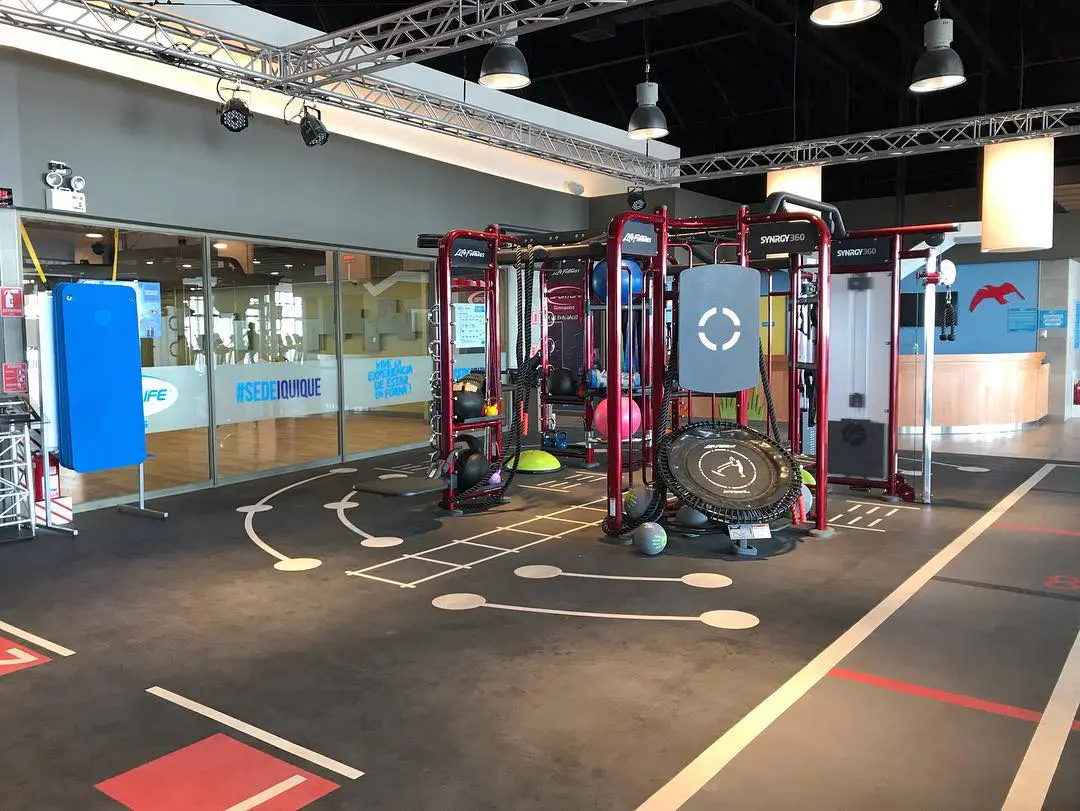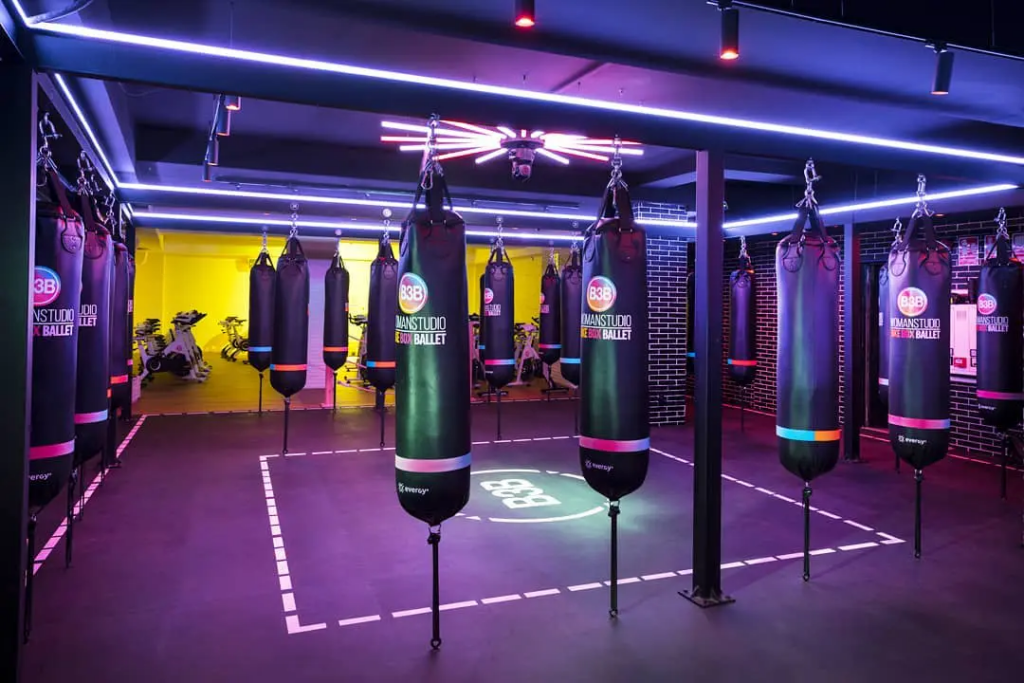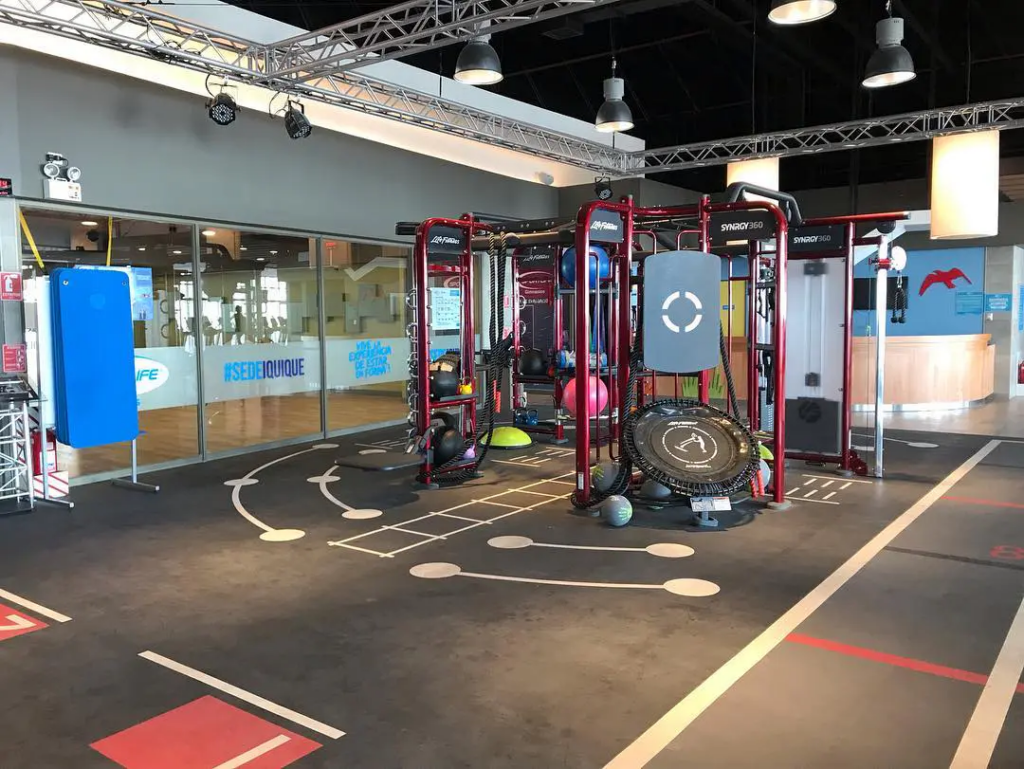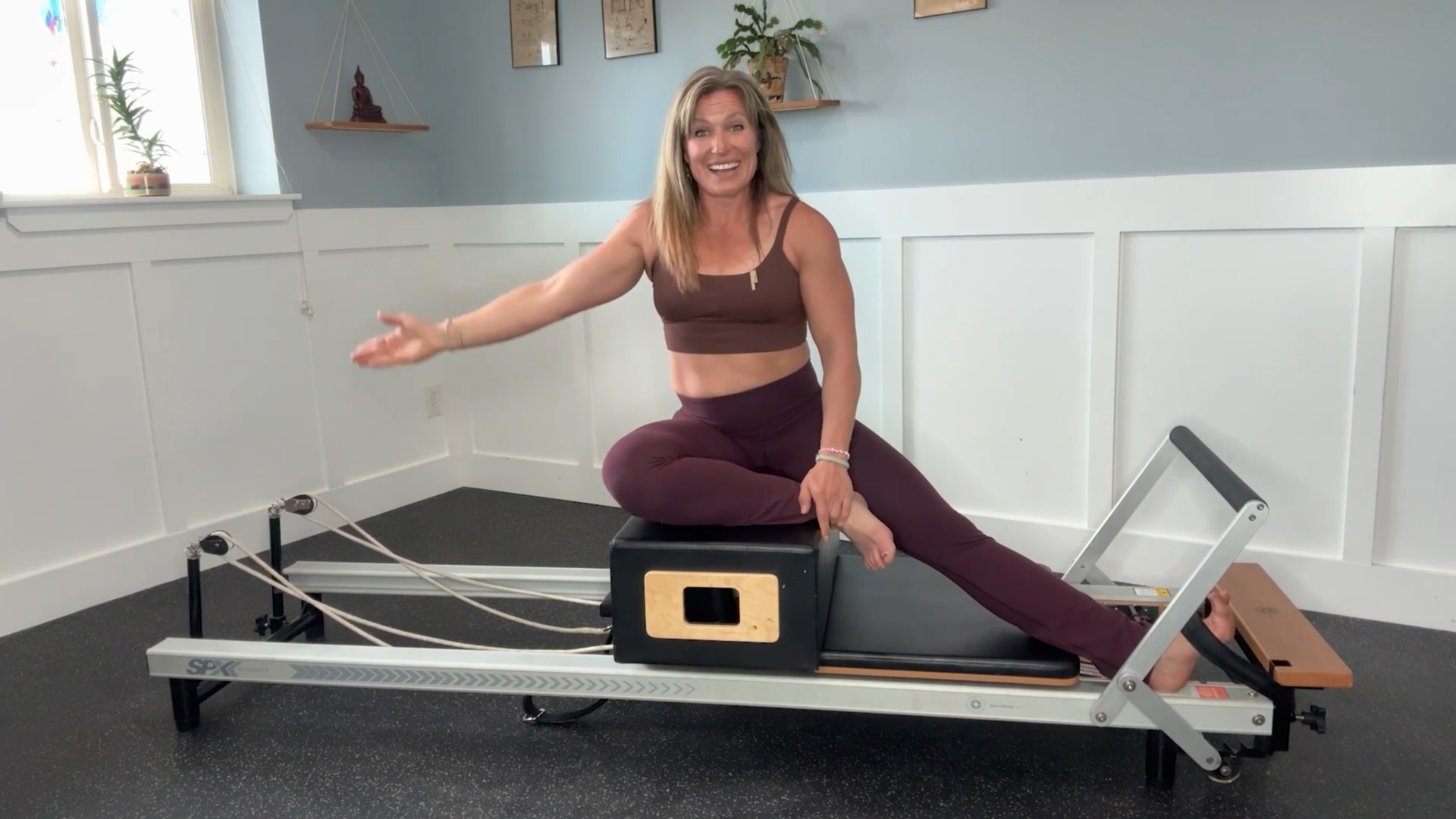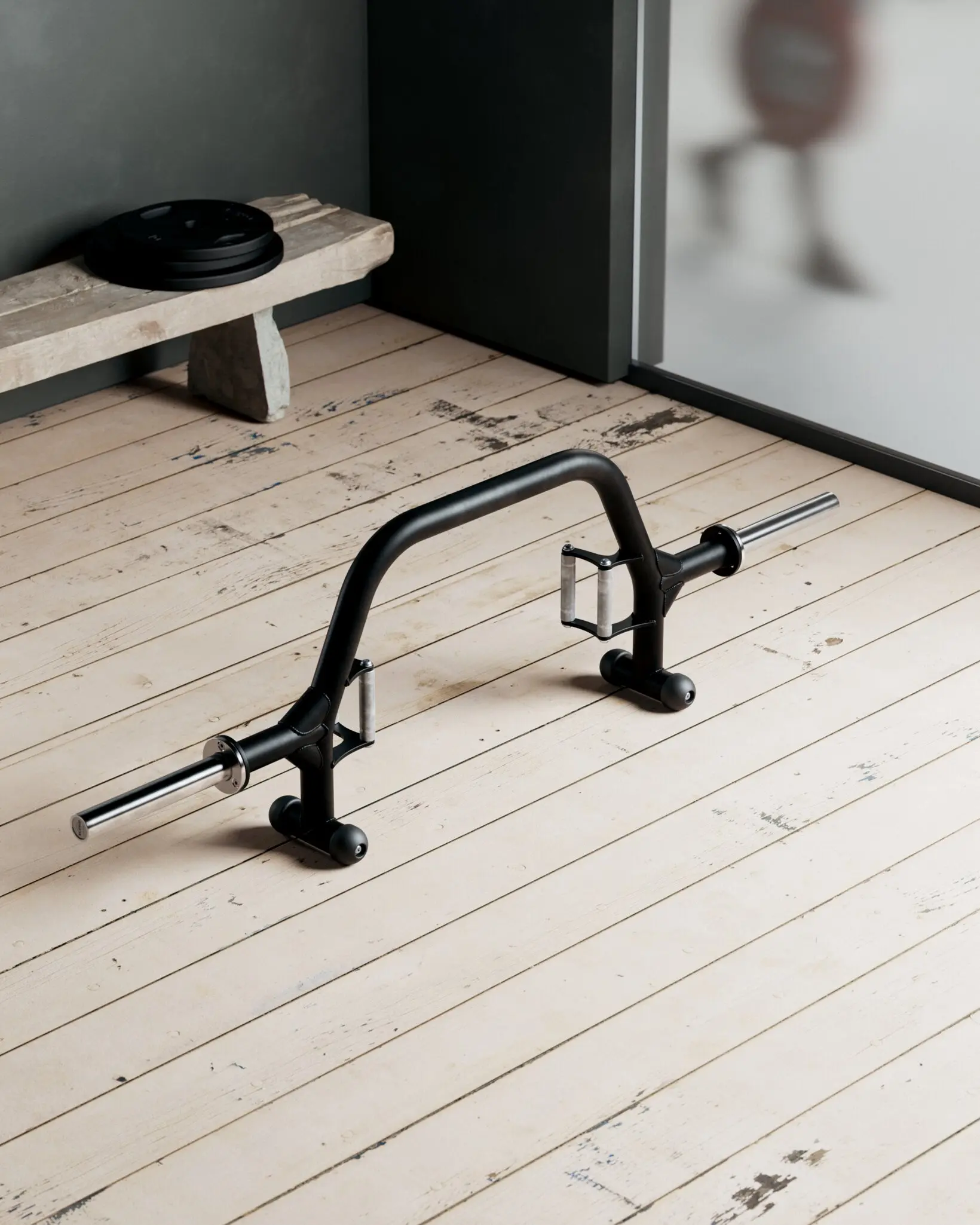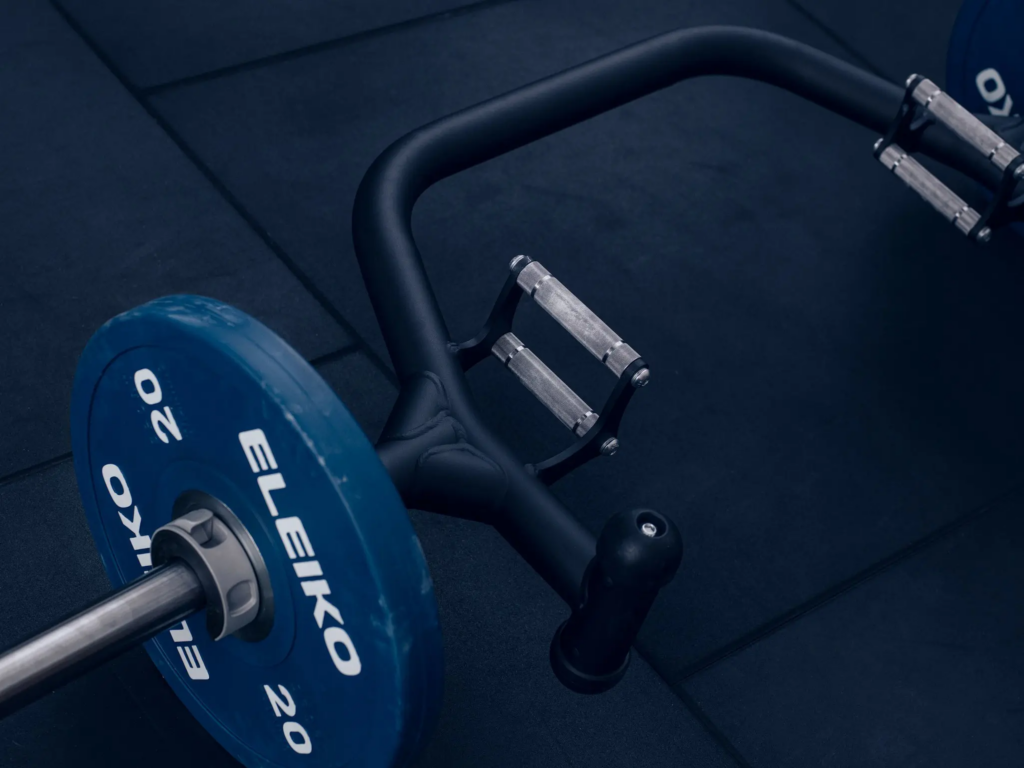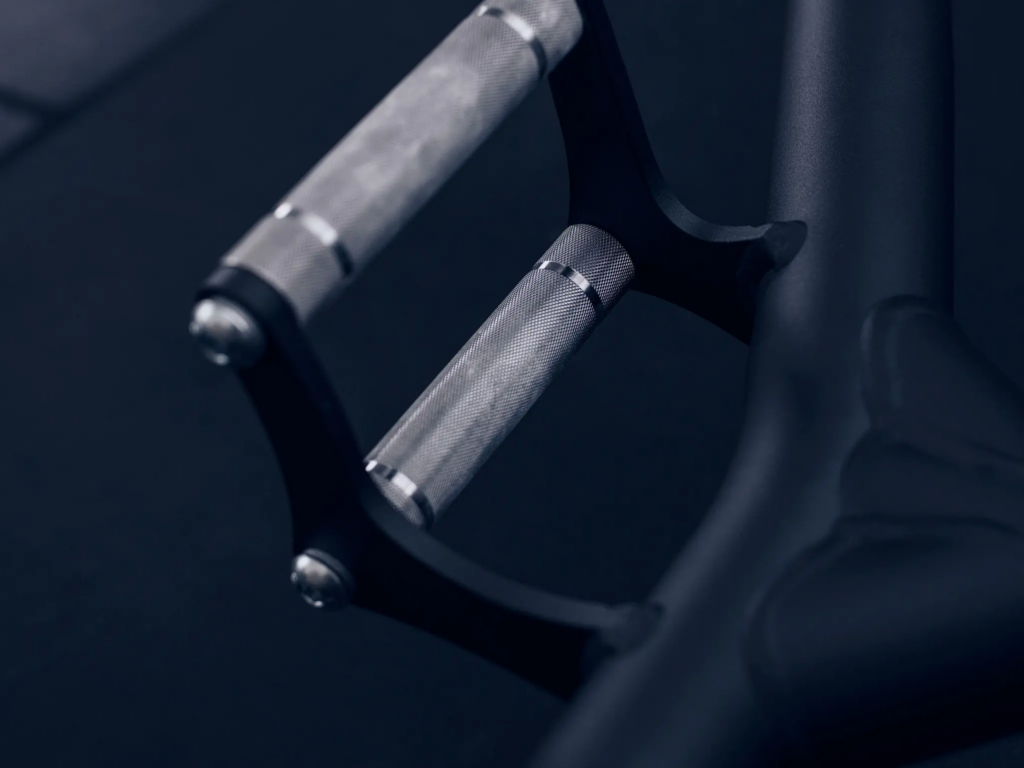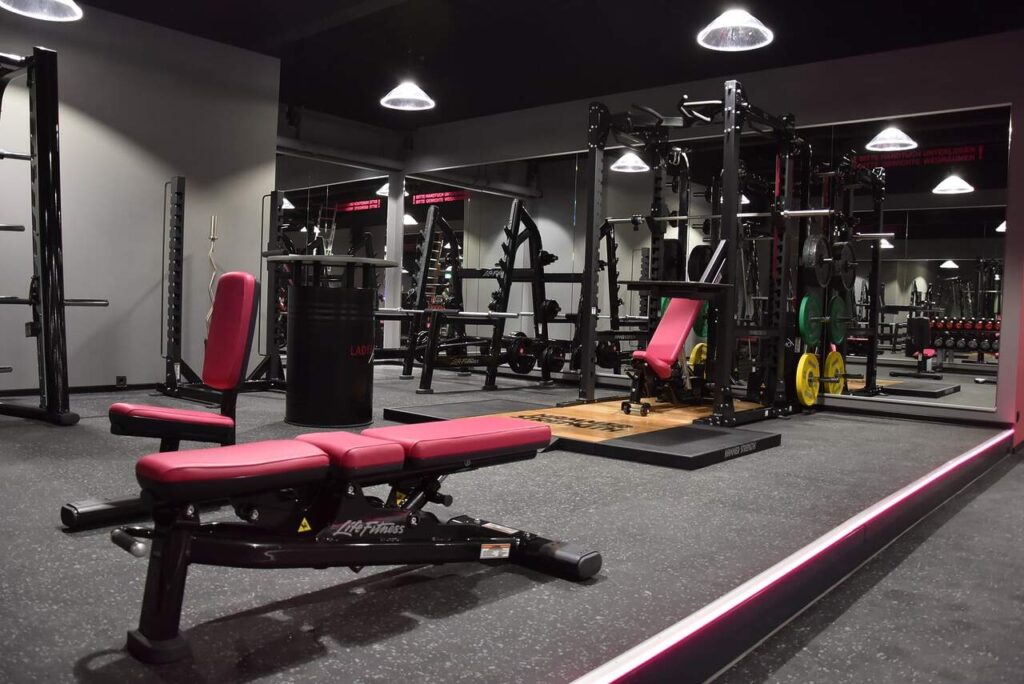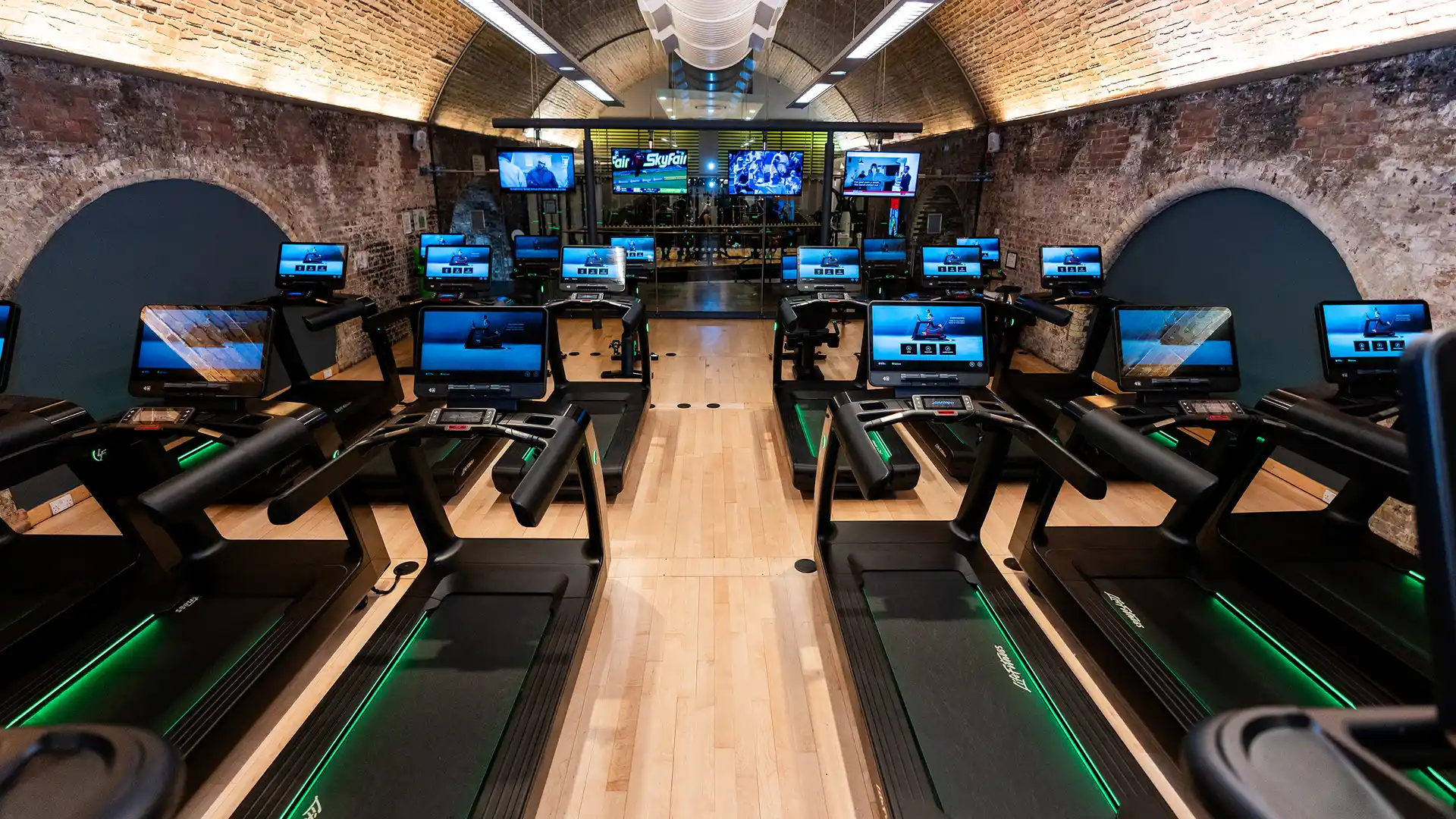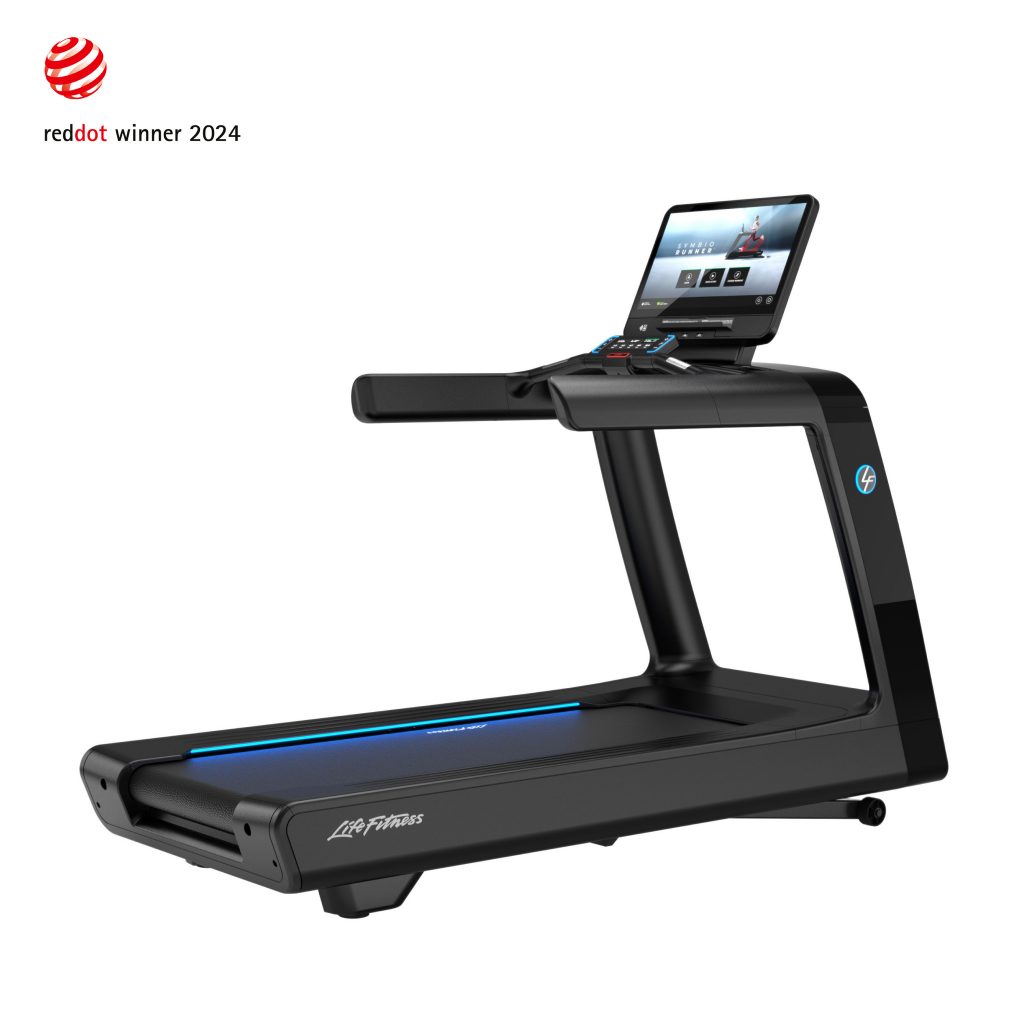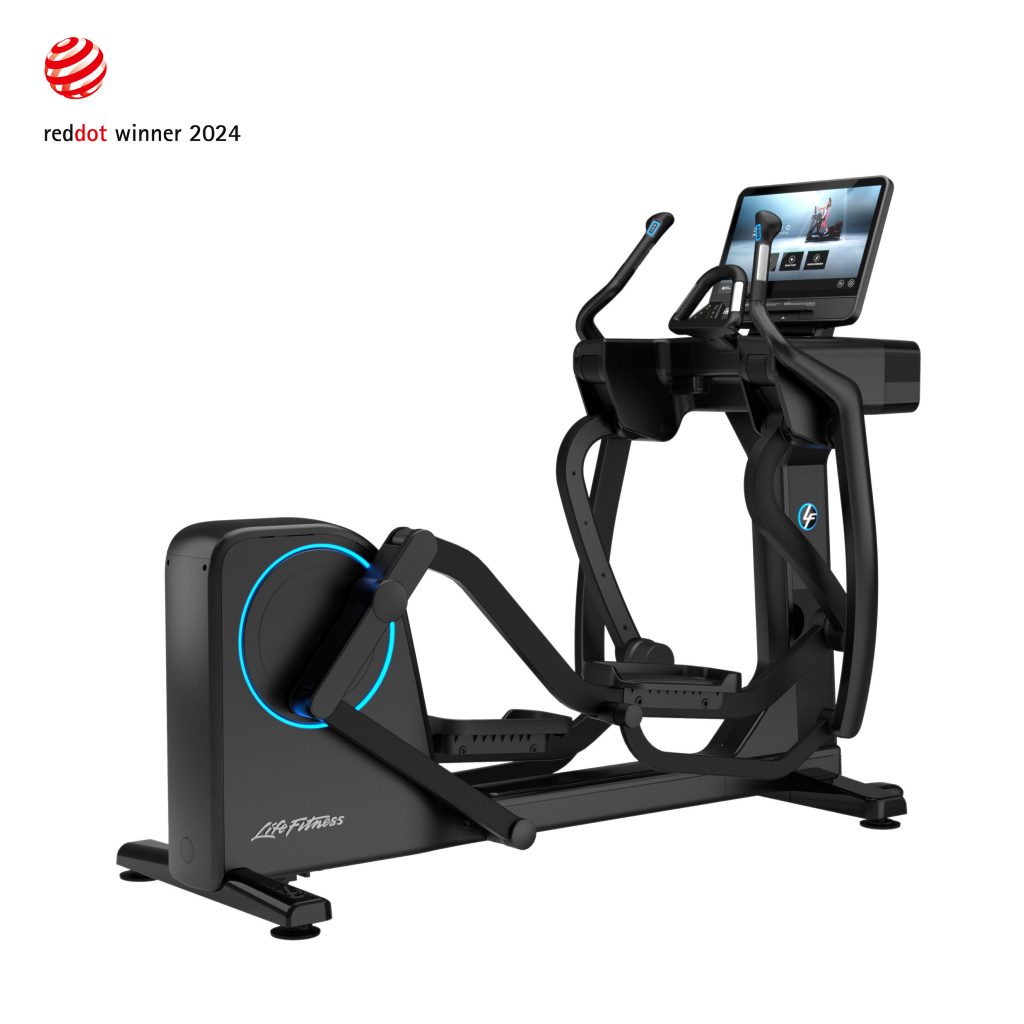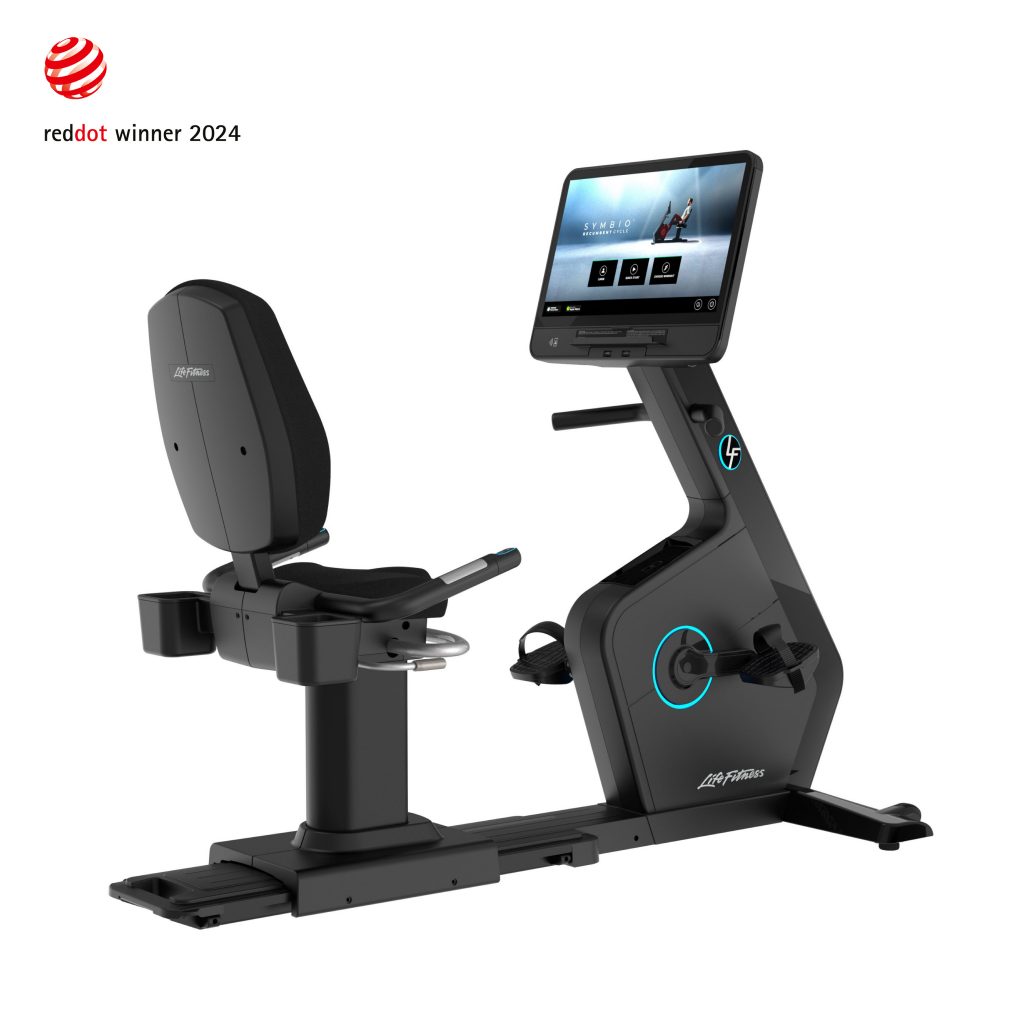Leadership Lessons from Pilates Dadpreneurs
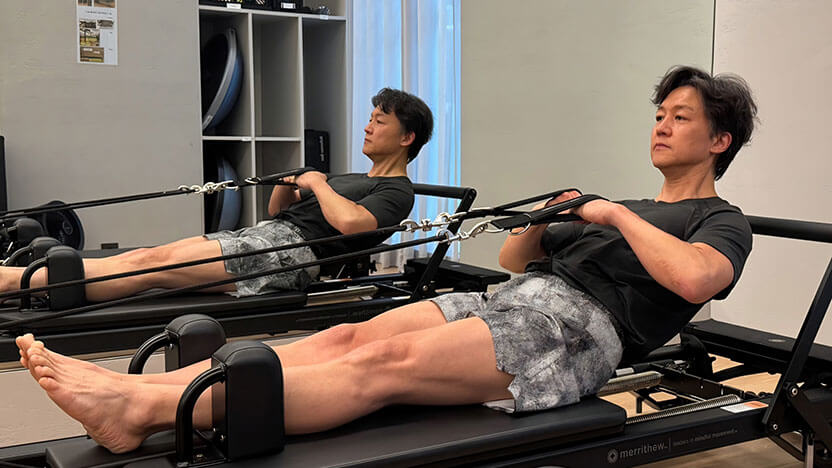
 Ki Ung Kim at TRNT Trinity Pilates
Ki Ung Kim at TRNT Trinity Pilates
In a field long shaped by women’s leadership, a growing number of Pilates entrepreneurs who are also fathers are bringing their own perspective to the community. For many, this dual role is a source of strength and perspective that deeply shapes how they lead their businesses and lives. Their experiences as parents inspires how they show up for their clients, teams and families with empathy, purpose and presence.
This Father’s Day and during Men’s Health Month, we’re speaking with two mindful movement leaders about what it really looks like to balance parenting while running a studio or teaching Pilates classes. Through these conversations, they offer leadership lessons drawn from the lived experience of fatherhood and share how they design inclusive programming that reflects real-life demands and integrate family life into their studio culture.
Finding Rhythm Between Work and Parenthood
For Ki Ung Kim (KU), a devoted father and husband, leadership is a shared journey both at home and at TRNT Trinity Pilates Studio in Seoul, Korea, which he co-runs with his wife, Yunjin. Together, they’ve built a strong community centered on movement and wellness.
KU sees the idea of “balancing” work and family as a myth.
“That you can ‘balance’ the two as if they’re separate plates; that’s the misconception,” he shares.
“In reality, they’re deeply intertwined. My family doesn’t live outside my work; they’re part of its heartbeat.”
With his family’s love and support, Charles Lim serves as Co-Founder of Pilates2021, a STOTT PILATES® HTC in Jakarta, Indonesia that integrates classic Pilates’ foundations with dynamic, contemporary energy.
“People often think you must sacrifice one for the other. The truth is, it’s not about choosing, it’s about integrating both worlds intentionally.”
Both dads say that setting routines and boundaries has been key to staying grounded. For KU, that means morning check-ins with his team and switching off his phone after 8PM.
“Presence isn’t about time,” he adds, “It’s about attention.”
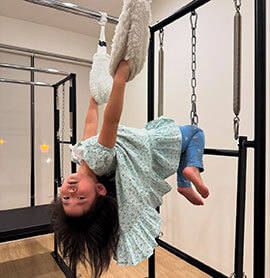
Charles Lim’s daughter, Monique Ellora Herlim, practicing on the Cadillac / Trapeze table
Lessons from Parenting That Shape Leadership
The experience of being a father has influenced how these studio owners teach and lead.
“Becoming a father taught me the value of patience, empathy and presence.
These are the same qualities I bring into every training and understanding each individual’s pace and journey,” says Charles.
KU offers his view on how becoming a dad reshaped his teaching style.
“Just like with children, no two clients are the same. Parenthood sharpened my emotional intelligence, which I now see as one of the most important tools in education.”

Ki Ung Kim and his wife, Yunjin, at the Trevi Fountain
How to Design Programming with Parents in Mind
KU and Charles draw on their own experiences as parents to inform their class building for parents, caregivers, on-the-go clients and those in their prime years.
“As a parent, I understand how physical and mental demands shift over time.” Charles comments. “That’s why we emphasize long-term strength, mobility and injury prevention, especially through Merrithew’s Active for Life™ Pilates workshop, which informs and shapes our ongoing programming.”
KU reimagined how TRNT Trinity Pilates could support these communities both inside and beyond the studio.
“That inspired me to introduce more restorative and longevity-focused formats that help clients, especially dads, feel strong, mobile and mentally resilient across life stages.” He continues “We created time-efficient hybrid formats: 45-minute focused workouts, weekend recovery classes and lunch-hour reformer flows,” says KU. “But more than structure, we offer a space where parents don’t have to perform; they just have to show up.”
This understanding of client realities also informs how Charles approaches class design.
“We’ve adapted our class offerings with realistic scheduling in mind, adding shorter class durations, off-peak time slots and weekend availability. It’s not about doing more, it’s about making each session count.”
While men often pursue intentional movement through sports, strength training and other disciplines, KU sees a shift in what draws them specifically to Pilates. For many dads, the focus is less on performance and more on functional well-being — moving better, feeling stronger and staying present through every stage of life.
“Our male clients are increasingly drawn to programs that feel purposeful,” observes KU. “They want to move better, sleep better and lift their kids without pain.”
Charles emphasizes how approachable Pilates can be for beginners.
“STOTT PILATES Matwork and Reformer programs are ideal for dads of all levels,” he explains. “They’re approachable yet highly effective for improving posture, core strength and flexibility all while reducing stress and preventing injury.”
At TRNT Trinity Pilates studio, classes are designed around the real-life demands of fatherhood.
“Athletic Conditioning, CORE™ and our ‘Functional Dad Series’ integrate strength, recovery and breathwork in a way that speaks to their lifestyle.” KU shares. “We make sure they walk out feeling both grounded and capable.”
For Charles and Pilates2021, equipment is key to personalization.
“The Stability Chair™ is a favorite for building core control and functional strength in compact movements,” he says. “The Pilates Reformer machine and Cadillac allow us to safely scale intensity and address specific rehab or performance needs.”

Charles Lim and his family at Pilates2021
Drawing on Family Life to Shape Community & Culture
Drawing from family values can create a unique sense of connection with clients and staff alike.
“Our studio is built on the belief that care doesn’t stop at the door.” shares KU. “My wife and I have led this space with the same values we hold at home: respect, listening and shared responsibility. Because of that, our team feels more like a community.”
Charles echoes the sentiment.
“It fosters deep trust, accountability and shared vision.” he says. “Clients sense the warmth and sincerity. It becomes more than a studio, it becomes a supportive community.”
Words of Wisdom for Parents in Business
To parents or couples thinking of starting a family business, these leaders offer thoughtful advice.
“Don’t try to separate work and life,” says KU. “Instead, ask yourself: ‘What values from home can become the foundation of our brand?’ At the same time, keep communication clear and sacred. In our family, business conversations stop at dinner. That’s the boundary we honor so we can remain partners, not just coworkers.”
“Define clear roles, communicate honestly and don’t forget to celebrate the wins, big or small,” Charles advises. “It’s a journey worth sharing, especially when rooted in shared values.”
A Note to All the Fathers & Father Figures
This Father’s Day, we celebrate dads and leaders alike—the everyday juggernauts who draw on personal experience to create meaningful change for clients, families, communities and the future of mindful movement.
Honoring all who lead with heart this Father’s Day. Here’s to shared connection.
Source: https://www.merrithew.com/blog/post/2025-06-15/leadership-lessons-from-pilates-dadpreneurs
